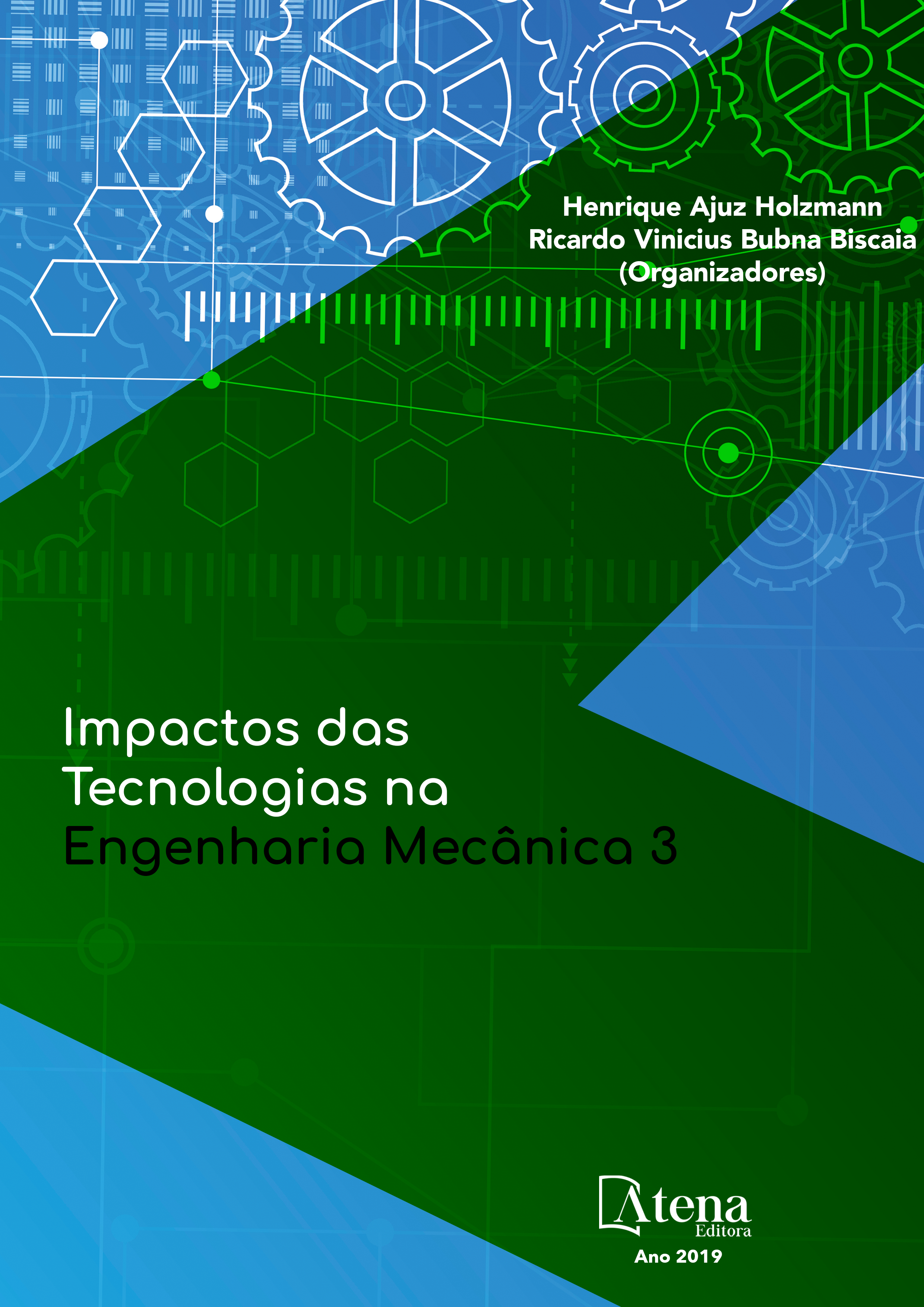
INFLUÊNCIA DE VÁRIOS PARÂMETROS OPERACIONAIS EM RETIFICAÇÃO NO ACABAMENTO E NA TEXTURA DA SUPERFÍCIE DE FERRO FUNDIDO CINZENTO
Dentre os processos de usinagem
convencional, a retificação se destaca por
permitir obtenção de componentes com baixos
valores de rugosidade (Ra < 1,6 μm) aliada a
tolerâncias dimensionais estreitas (IT6-IT3).
Porém, devido ao grande fluxo de calor na zona
de corte gerado durante a retificação, é de grande
importância a correta seleção dos parâmetros
de corte visando evitar e/ou reduzir a geração de
danos térmicos aos materiais usinados. Apesar
de ferro fundido ser amplamente empregado no
setor industrial, principalmente no automotivo,
ainda são escassas as pesquisas realizadas
estudando este material. Neste sentido, o
presente trabalho visa avaliar a influência de
diferentes parâmetros de entrada na retificação
plana tangencial do ferro fundido cinzento
com relação à rugosidade (Ra e Rz) e textura
superficial. Foram utilizados dois rebolos de
carbeto de silício com diferentes granulometrias
(granas 46 e 100), duas penetrações de
trabalho (15 μm e 30 μm) e duas velocidades
da peça (5 m/min e 10 m/min). Os resultados
mostraram que em nenhuma condição de corte
foram encontrados danos térmicos e nem a
evidência de trincas nas superfícies usinadas. A
combinação dos maiores valores de penetração
de trabalho (30 μm) e velocidade da peça (10
m/min) em conjunto com o rebolo de maior
grana (100) ocasionaram os maiores valores de
rugosidade.
INFLUÊNCIA DE VÁRIOS PARÂMETROS OPERACIONAIS EM RETIFICAÇÃO NO ACABAMENTO E NA TEXTURA DA SUPERFÍCIE DE FERRO FUNDIDO CINZENTO
-
DOI: 10.22533/at.ed.48719050419
-
Palavras-chave: Retificação; Ferro fundido cinzento; Rugosidade; Textura superficial.
-
Keywords: Grinding; Gray cast iron; Roughness; Surface texture
-
Abstract:
Among the conventional
machining processes, grinding process is
particularly noteworthy because it allows the
production of components with a combination of
low roughness values (Ra <1.6 μm) and narrow
dimensional tolerances (IT6-IT3). However,
due to the high heat flow in the cutting zone
during grinding, proper selection of the cutting
parameters are crucial to prevent and or reduce
the generation of thermal damages to machined
components. Although cast iron is widely used in the industrial sector, especially in the
automotive industry, research on this material is still scarce. In this sense, the present
work aims to evaluate the influence of different input parameters on surface roughness
(Ra and Rz) and surface texture after peripheral surface grinding of gray cast iron.
Two silicon carbide grinding wheels (meshes 46 and 100), two values of radial depth
of cut (15 μm and 30 μm) and worktable speed (5 m/min and 10 m/min) were used.
Results showed that no thermal damages and no evidence of cracks were found on the
grounds surfaces in all conditions tested. Combination of the highest values of radial
depth of cut (30 μm) and workpiece speed (10 m/min) using the grinding wheel with
highest mesh (100) resulted in the highest values of roughness.
-
Número de páginas: 15
- Mayara Fernanda Pereira
- Mariana Landim Silveira Lima
- Eduardo Carlos Bianchi
- Rosemar Batista da Silva
- Bruno Souza Abrão


